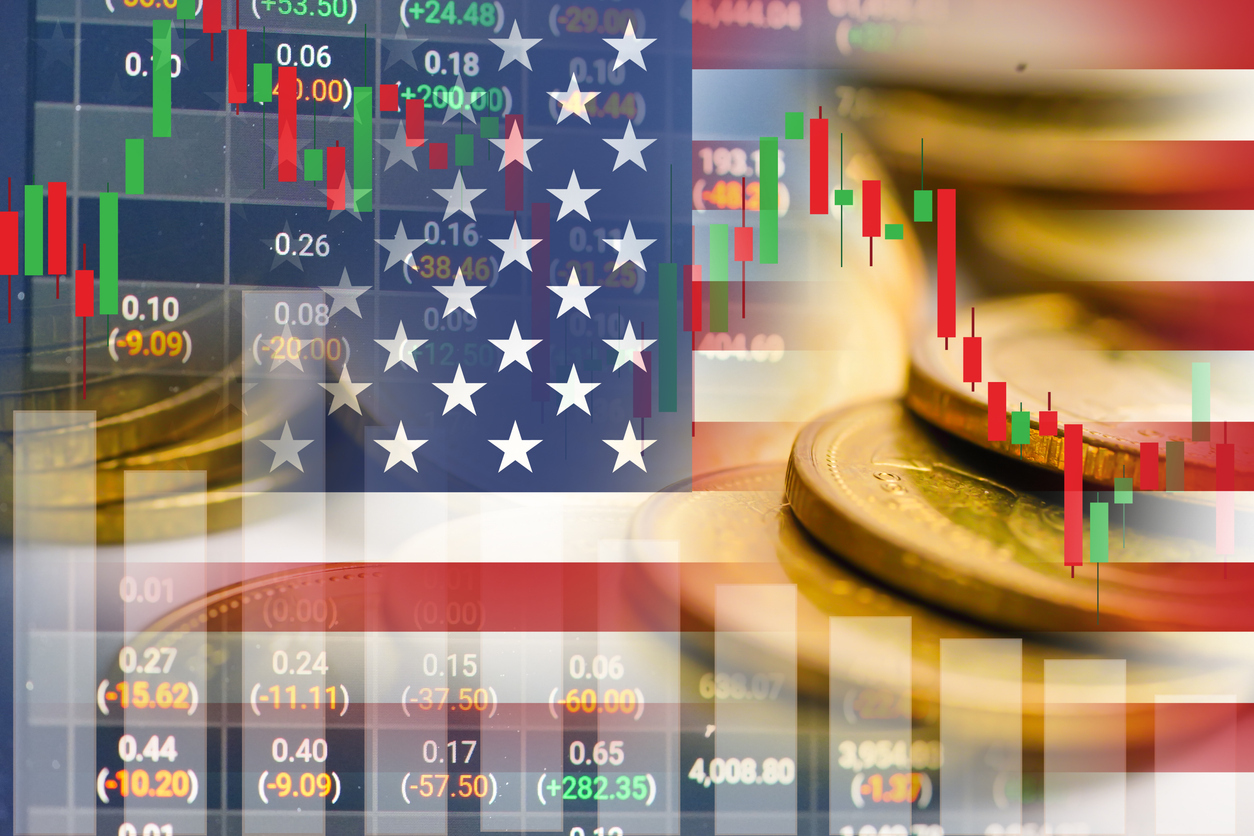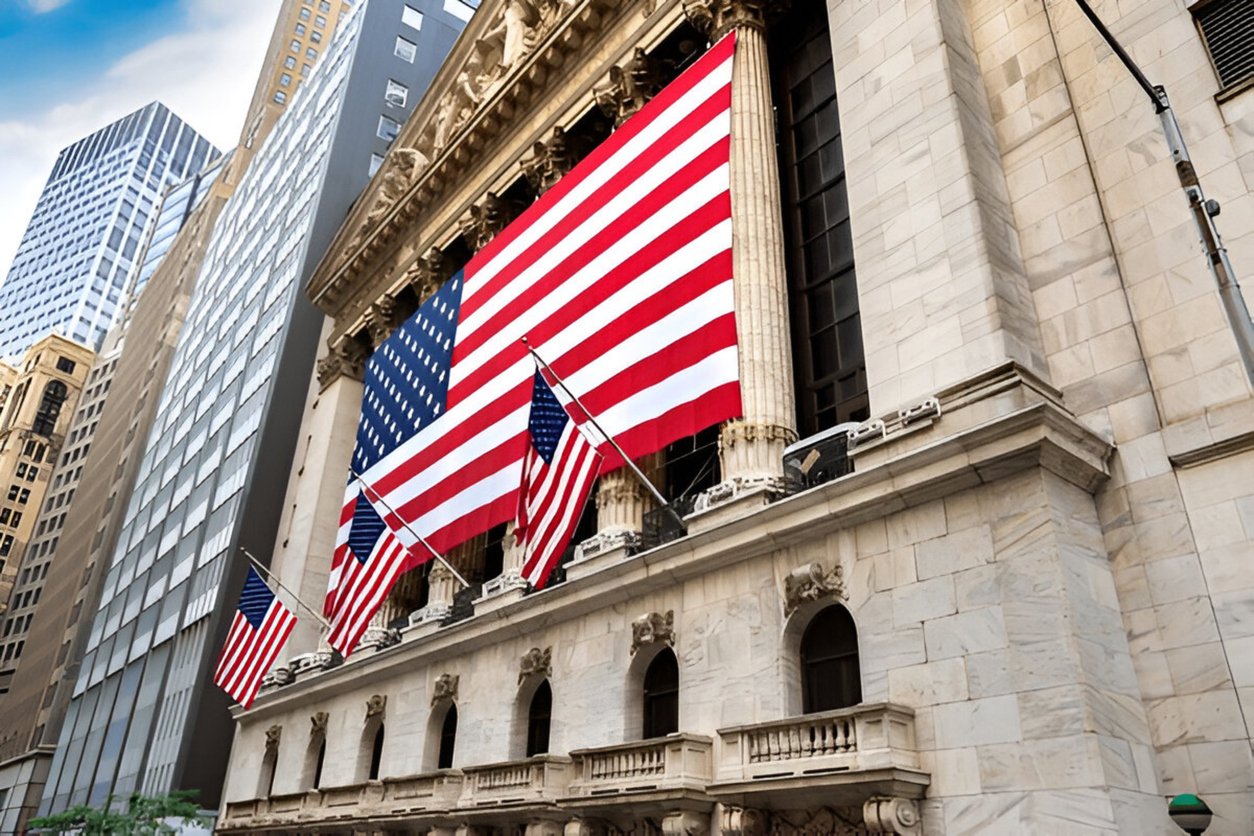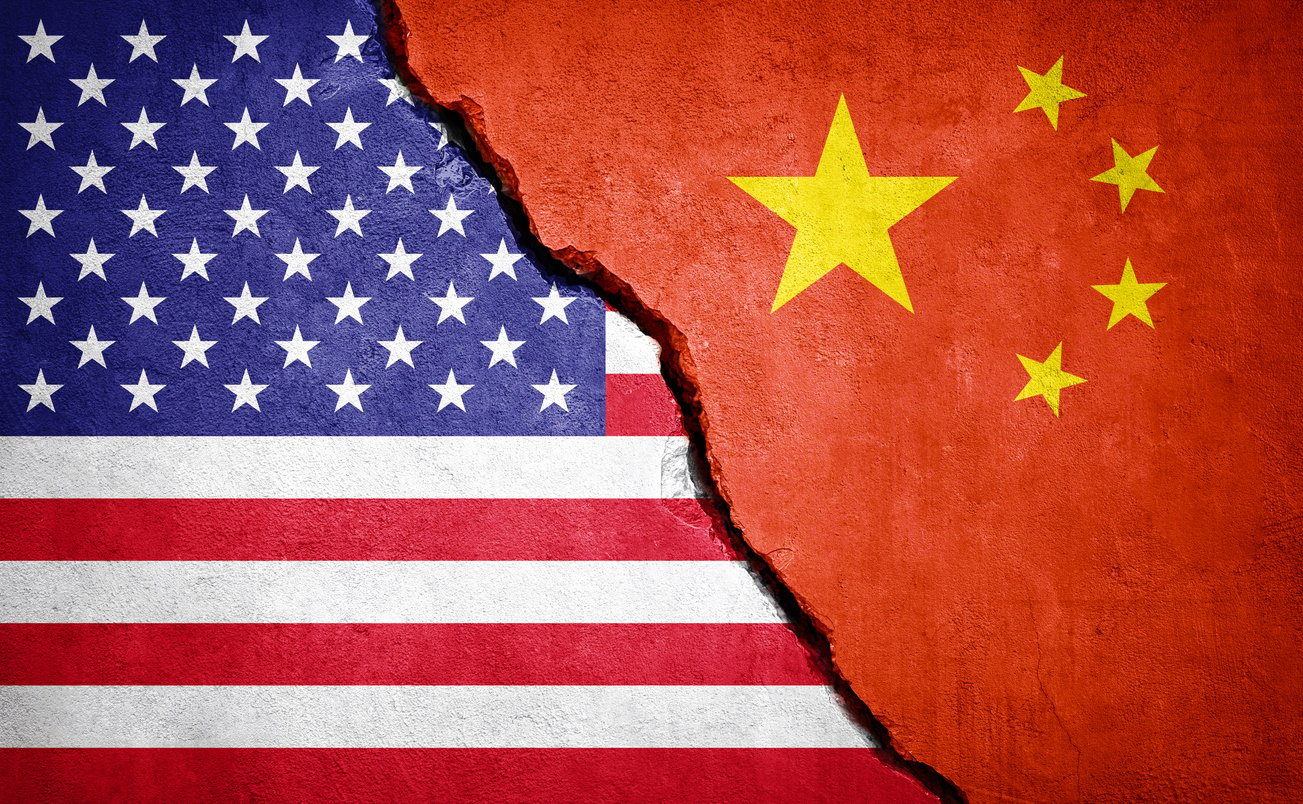In recent weeks, tensions between President Trump and Federal Reserve Chair Jerome Powell have put the independence of the U.S. central bank in the spotlight. Frustrated by Powell’s resistance to cutting interest rates, Trump has openly floated the idea of firing him—a move that would be both unprecedented and legally murky. While he has since back pedaled, saying it’s “highly unlikely,” the damage to investor confidence may already be done.
At the heart of the dispute is Trump’s push for lower interest rates to stimulate growth and ease government borrowing costs—especially following the rollout of new tariffs in April. Powell and the Fed, however, have held rates steady, warning that premature cuts could fuel inflation, especially with prices still running above the Fed’s 2% target.
In an attempt to justify Powell’s removal, the Trump administration has accused him of mismanaging a $2.5 billion renovation of the Fed’s headquarters. While Powell has denied the claims and requested an independent review, critics argue the accusations are a political cover for removing him over policy disagreements.
Wall Street - to defense
Wall Street leaders have come to Powell’s defense. CEOs from JPMorgan, Goldman Sachs, Citigroup, and Bank of America all stressed that a politically independent Fed is critical for market stability and investor trust. History backs this view: when central banks lose independence—as seen in countries like Turkey or Argentina—it often leads to higher inflation, currency weakness, and financial instability.
Market Response
The market response has been cautious. Stocks briefly dropped, Treasury yields moved higher, and the dollar weakened following rumors of Powell’s possible firing. Intervening in the Fed’s independence risks triggering long-term consequences—from higher borrowing costs to diminished global trust in U.S. economic stewardship.
Post Powell
Looking ahead, Powell’s term ends in May 2026, and Trump will likely appoint someone more aligned with his views if he remains in office. Candidates like Kevin Hassett and Kevin Warsh have expressed support for lower rates and closer coordination with the Treasury—raising concerns about the Fed becoming too political.
For now, the U.S. economy appears resilient, but underlying risks are growing. Persistent inflation, ballooning deficits, and political uncertainty could increasingly weigh on growth. If the Fed’s independence erodes, both equity and bond markets could see renewed volatility.
At Quantel Asset Management, we believe the Fed will maintain its current cautious stance in the near term, but political pressure is mounting. Investors should stay focused not just on economic data, but also on the integrity of U.S. institutions—because confidence, once shaken, is hard to rebuild.
EXPLORE MORE POSTS
Why Oracle’s Pullback Doesn’t Signal the End of the AI Trade
Oracle’s sharp post-earnings selloff triggered a broad AI market pullback, but...
Read Moreby Jerry Yuan
Investment Risk Profile: Factors Affecting It and Tax Strategy
Every investor has a unique investment risk profile, which determines how much...
Read Moreby Irman Singh
BOJ Tightening: How Japan’s Rate Hike Could Impact U.S. Equities
Japan’s shift toward tightening has added volatility to global markets, but...
Read Moreby Jerry Yuan
Stop Overpaying: What Every Entrepreneur Should Know About Tax Strategy
High-Net-Worth entrepreneurs manage complex financial lives—multiple ventures,...
Read Moreby Irman Singh
Top 5 Tax-Efficient Strategies for Corporate Leaders in the U.S.
Corporate leaders in today’s environment face increasingly complex tax...
Read Moreby Irman Singh
Markets Under Pressure: Valuation Strains, Credit Stress, and Mixed Macro Signals Drive Volatility
Markets are showing strain across AI stocks, private credit, crypto, and global...
Read Moreby Yuanhao Feng
Top 5 Overlooked Tax Strategies Every U.S. Lawyer Should Use in 2025
For many lawyers in the U.S., taxes quietly erode more wealth than any market...
Read Moreby Irman Singh
Markets Reprice: Fed Confusion Meets Overheated Tech
U.S. equities saw a sharp reset on Thursday, with the S&P 500 dropping 1.7%,...
Read Moreby Jerry Yuan
Navigating the New Macro Regime: Quantel’s October 2025 Results
Quantel's Premium Portfolios delivered another strong month in October 2025,...
Read Moreby Shyam Sreenivasan
Top 10 Tax Planning Strategies for Hni Commercial Brokers
High-net-worth commercial brokers stand at the intersection of deal-making and...
Read Moreby Irman Singh
Triple Shock Hits Wall Street: Liquidity, Shutdown, Sentiment
U.S. markets are falling due to liquidity stress, government shutdown...
Read Moreby Jerry Yuan
Keep More of What You Earn : Tax Strategies for Physicians
Physicians often find themselves in some of the highest effective tax brackets...
Read Moreby Irman Singh
Trump-Xi Truce in South Korea - A Fragile Pause for Markets
The U.S.–China truce cools trade tensions and supports risk appetite, but it’s...
Read Moreby Jerry Yuan
Intelligent Tax Planning for America’s Wealth Builders
by Irman Singh
Cooling Inflation Paves Way for Fed Cuts, Lifts Equity Sentiment
Cooling inflation data reinforced confidence in a soft-landing scenario,...
Read Moreby Jerry Yuan
Illiquidity: The Silent Constraint in HNwI's Portfolios
Why even substantial wealth can feel inaccessible — and how to design...
Read Moreby Irman Singh
Market Shaken by Renewed U.S. - China Tensions & Credit Fears
Renewed U.S.-China trade tensions and banking concerns triggered a sharp global...
Read More




















